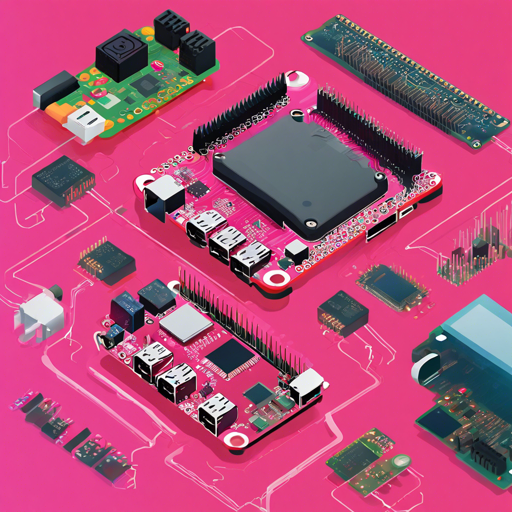Welcome to your ultimate guide on setting up a prebuilt binary for TensorFlow Lite, specifically designed for the Raspberry Pi! Here, we will explore the installation process, performance optimization, and troubleshooting tips to help you make the most of this powerful framework.
What is TensorFlow Lite?
TensorFlow Lite is an open-source deep learning framework designed for mobile and embedded devices. It’s lightweight, fast, and ideal for running machine learning models on Raspberry Pi. This guide covers TensorFlow Lite’s offline installer package, which includes crucial optimizations like FlexDelegate and XNNPACK.
Installation Steps
- System Requirements: Ensure that you have Ubuntu 18.04 or later on your Raspberry Pi 4. This 64-bit operating system provides improved performance—up to four times faster than previous 32-bit systems.
- Setup Dependencies: Open your terminal and run the following commands to install necessary dependencies:
sudo apt-get update
sudo apt install -y swig libjpeg-dev zlib1g-dev python3-dev python-is-python3 unzip wget python3-pip curl git cmake makepip install numpy
TFVER=2.15.0.post1
PYVER=39
ARCH=aarch64
pip install --no-cache-dir https://github.com/PINTO0309/TensorflowLite-bin/releases/download/v$TFVER/tflite_runtime-$TFVER--cp$PYVER-none-linux_$ARCH.whlpython
from tflite_runtime.interpreter import InterpreterUnderstanding the Setup
Think of the installation process like preparing a garden. Before planting seed (your model), you must first ensure that the soil (your system) is rich and properly prepared. This involves installing dependencies, setting up your environment, and finally, planting the seeds by installing TensorFlow Lite. Once the gardening is done, you can enjoy watching your models grow and flourish with the optimized performance.
Performance Optimization Tips
To maximize the performance of TensorFlow Lite on your Raspberry Pi, follow these guidelines:
- Always use the recommended 64-bit version of Ubuntu.
- For complex models, take advantage of multi-threading by specifying the number of threads in your model’s configuration.
- Consider using optimized pre-trained models from the TensorFlow Model Zoo.
- Experiment with different quantization techniques such as weight quantization or post-training quantization to improve speed and reduce memory usage.
Troubleshooting
If you run into issues while using TensorFlow Lite, try these troubleshooting steps:
- Double-check that you’re using the correct version of Ubuntu and all necessary dependencies are installed.
- Make sure that your model files are correctly specified in your scripts and that they exist at the specified location.
- For any errors related to memory or performance, try reducing the model’s complexity or adjust the number of threads.
For more insights, updates, or to collaborate on AI development projects, stay connected with fxis.ai.
Additional Resources
For further reading and support, check out the following articles:
- How to install Ubuntu 19.10 aarch64 on Raspberry Pi 4
- Full build package for TensorFlow
- TensorFlow Lite Flex Delegate
Conclusion
At fxis.ai, we believe that such advancements are crucial for the future of AI, as they enable more comprehensive and effective solutions. Our team is continually exploring new methodologies to push the envelope in artificial intelligence, ensuring that our clients benefit from the latest technological innovations.

